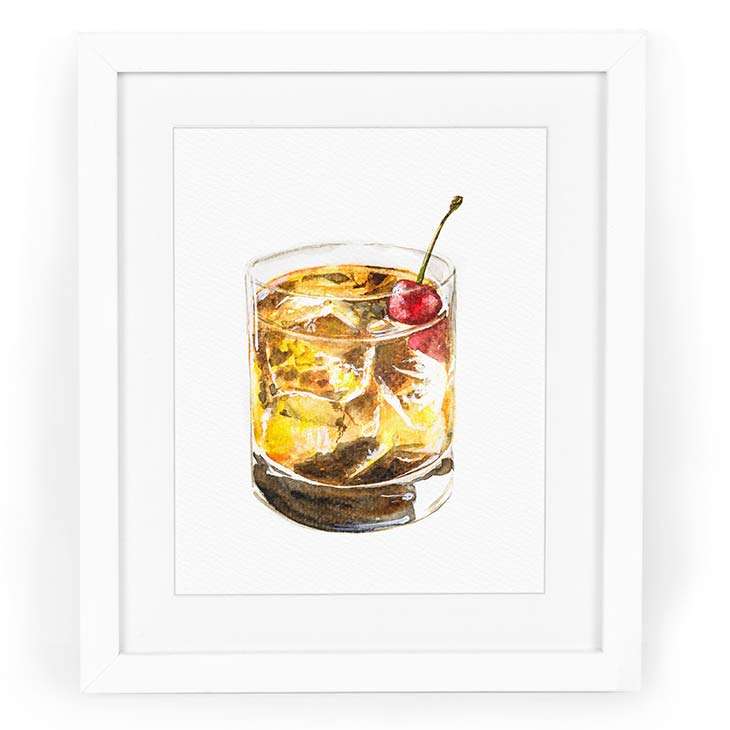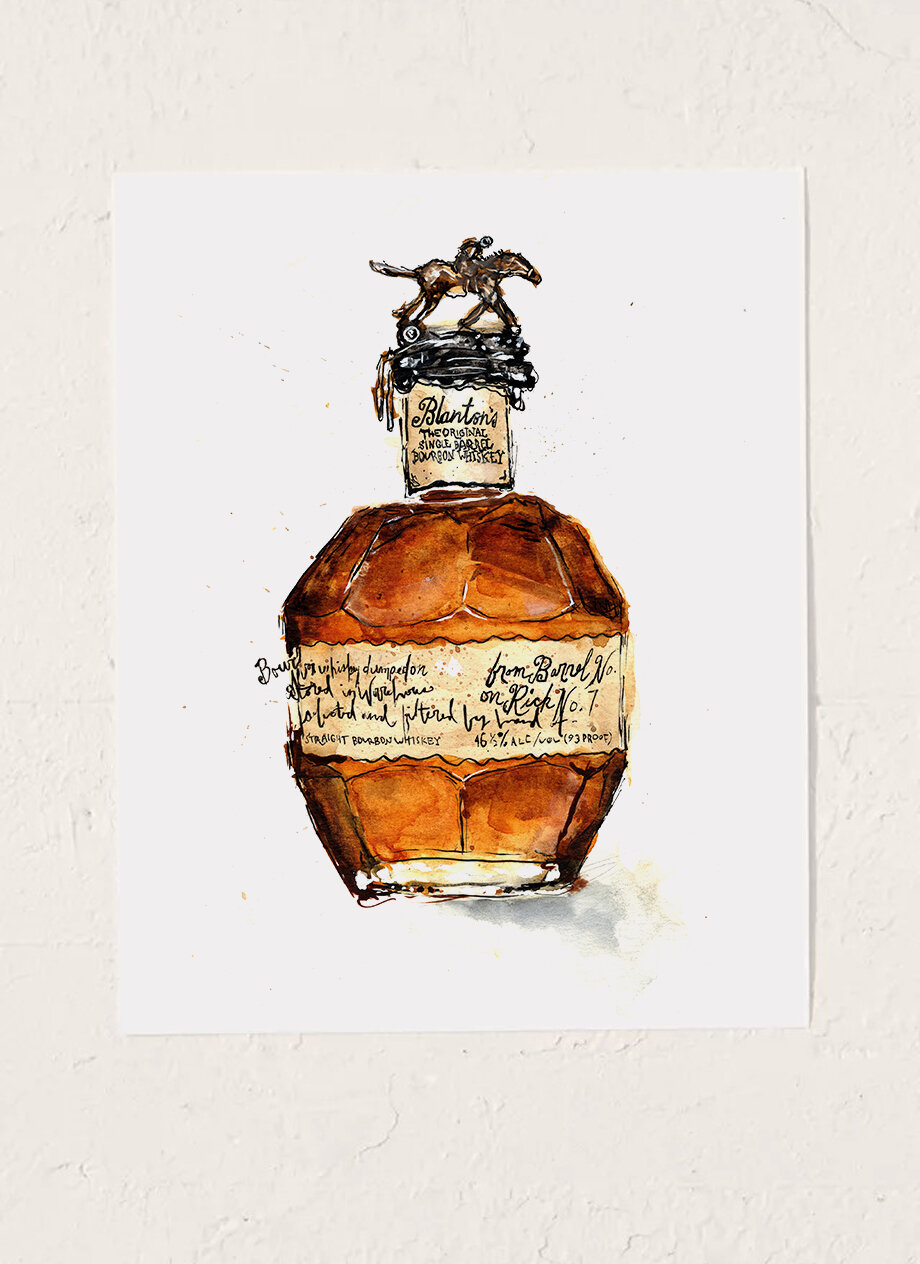Whiskey Art: Capturing the Essence of Distillation in Every Brushstroke
Whiskey Art: Capturing the Essence of Distillation in Every Brushstroke
Blog Article
Recording the Significance of Whiskey Art Via Special Aesthetic Representations and Designs
The art of scotch prolongs beyond the fluid itself, showing up through a variety of aesthetic depictions that encapsulate its storied heritage and workmanship. What continues to be to be revealed is exactly how these developing styles show not just the scotch itself but also the transforming landscape of imaginative interpretation. Whiskey Art.
The History of Whiskey Art

As whiskey production spread, so too did the desire to elevate its experience through art. From the intricate inscriptions on early barrels to the intricate labels of modern containers, each element shows a special artistic vision, offering as a visual story of the bourbon's heritage.
In the 19th and 18th centuries, the rise of the industrial transformation further boosted whiskey art, bring about ingenious packaging and advertising and marketing that caught consumer interest. Musicians and developers started exploring with appearances, imbuing whiskey-related images with symbolic significances that communicated notions of neighborhood, workmanship, and practice.
Today, scotch art proceeds to evolve, blending standard techniques with modern art forms. Whiskey Art. This continuous discussion in between the spirit and its graph highlights the long-lasting bond in between whiskey and culture, improving the general experience for lovers worldwide
Iconic Bottle Styles
While lots of variables add to the attraction of whiskey, famous container designs play an essential function fit consumer perception and improving the overall experience. The visual presentation of scotch bottles is not simply an aesthetic consideration; it offers as a bridge in between the item and the consumer, evoking emotions and setting expectations.
Distinctive forms, products, and closures can boost a bourbon brand name's identity, making it instantaneously identifiable on congested shelves. The timeless Glenfiddich container, with its sophisticated tapered silhouette, shares a feeling of tradition and workmanship, while the bold, modern layout of the Balvenie bottle mirrors advancement and refinement. The usage of tinted glass or unique appearances can suggest the high quality and personality of the whiskey within.
Renowned layouts commonly incorporate elements of social heritage, symbolizing the brand's background and connection to its origins. Brand Names like Jack Daniel's make use of an uncomplicated, robust style that reverberates with its American whiskey heritage. Inevitably, the impact of bottle layout prolongs past plain functionality; it envelops the significance of the brand, inviting customers to indulge and check out in the abundant tapestry of bourbon culture.
Tag Art Work and Branding
Container styles typically set the stage wherefore customers can expect, but tag art work and branding play a just as considerable duty in communicating a whiskey's identity. The tag acts as the first point of contact in between the consumer and the item, enveloping the significance of link the whiskey within its aesthetic elements.
Effective tag artwork incorporates images, typography, and shade to develop a narrative that resonates with the brand name's heritage and target audience. For circumstances, a label featuring vintage typefaces and elaborate illustrations might evoke a feeling of custom and workmanship, attracting aficionados. In contrast, strong shades and modern-day design components may draw in a younger market looking for technology and exhilaration.


Photography and Visual Narration
Capturing the essence of scotch with digital photography and visual narration is an art kind that raises the brand name experience. This medium transcends plain product representation, delving into the detailed stories that border each container. By using engaging images, photographers can stimulate emotions that reverberate with customers, ultimately creating a much deeper connection to the bourbon brand name.
Visual narration in scotch photography usually uses abundant appearances, lights, and composition to highlight the one-of-a-kind attributes of the spirit. The interaction of light and shadow can accentuate the brownish-yellow tones of scotch, while the option of history components-- such as rustic barrels or stylish glass wares-- can enhance the brand name's heritage or lifestyle associations.
Additionally, capturing the ceremonial aspects of bourbon intake, from the putting to the tasting, welcomes customers right into a sensory experience, permitting them to visualize the flavors and scents that await. Each photograph not just showcases the item however also informs a tale of workmanship, tradition, and the minutes that whiskey can enhance - Bourbon Art. Therefore, digital photography comes to be a powerful device in verbalizing the identity of scotch brands, placing next page them within the wider cultural landscape
Emerging Trends in Bourbon Art
The evolution of bourbon art is significantly shaped by contemporary patterns that reflect more comprehensive social changes and consumer preferences. One prominent pattern is the integration of sustainability into art methods. Artists are currently utilizing recycled materials and green processes to produce whiskey-themed items, reverberating with environmentally aware consumers. This change not just highlights the importance of sustainability yet additionally enhances the story bordering bourbon manufacturing.
Furthermore, digital art has surged in popularity, enabling cutting-edge depictions of whiskey. Artists are leveraging technology to craft immersive experiences, such as enhanced reality installations that involve audiences and provide a much deeper understanding of scotch's social value. This fad additionally extends to social media systems, where visually striking content garners interest and fosters neighborhood among enthusiasts.
Moreover, collaborations between whiskey brands and musicians are becoming more typical. These partnerships generate limited-edition packaging styles and special art work that celebrate both the workmanship of bourbon and the imagination of artists. As scotch art proceeds to advance, these arising fads will unquestionably form its future, cultivating a dynamic intersection of culture, sustainability, and innovation within the scotch neighborhood.
Verdict
Finally, the art of whiskey incorporates a varied variety of graphes that show its abundant heritage and workmanship. From renowned bottle styles and detailed label art work to compelling photography, each element adds to a wider story that boosts the customer's experience. As arising trends, such as digital art and sustainability, remain to form this imaginative landscape, the complex identification of scotch stays a sustaining resource of cultural link and expedition.

In conclusion, the art of bourbon encompasses a diverse selection of aesthetic representations that mirror its abundant heritage and workmanship.
Report this page